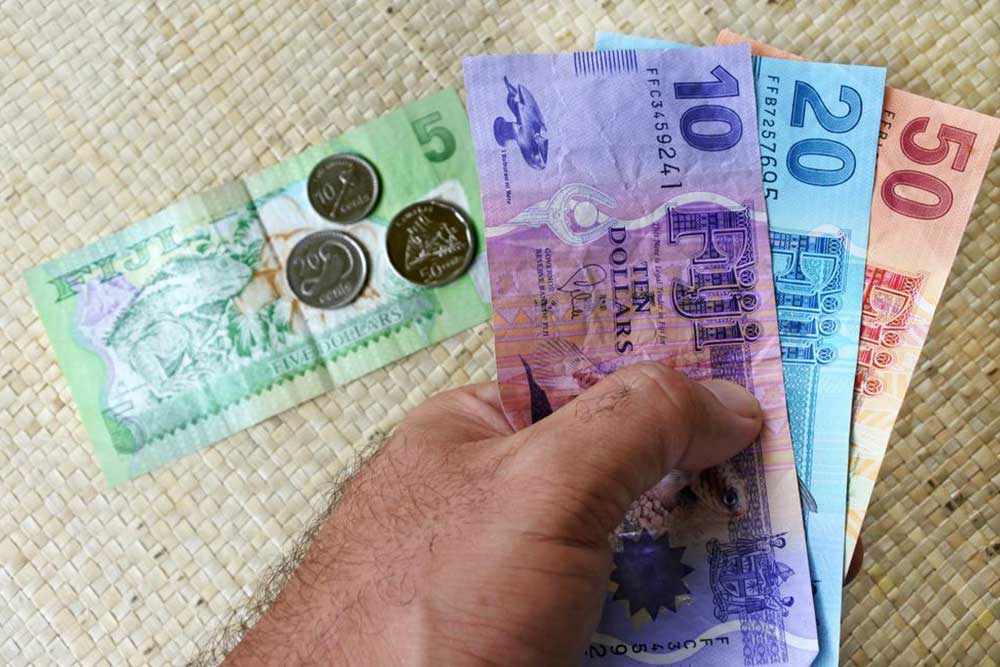Introduction to Currency Trading Markets
This article offers a comprehensive overview of forex trading, highlighting its accessibility, liquidity, leveraged opportunities, and risk management strategies. It explains key concepts such as currency pairs, pips, and trading strategies, making it a valuable resource for retail traders seeking to understand the global currency markets and enhance their trading skills.
Sponsored

The foreign exchange market, or forex, is the largest financial platform globally. Despite its rising popularity in recent years, many retail investors and traders find forex trading unfamiliar. The dynamic nature of the market sparks curiosity among investors interested in role of risk management and trading strategies.
Reasons to Engage in Forex Trading: There are many advantages that attract investors to currency trading over other asset classes:
Global Access: Forex operates around the clock across various exchanges, allowing continuous trading throughout the week.
Market Liquidity: The high volume of trading activities ensures ample liquidity, providing traders with numerous opportunities despite some currency pairs being less liquid.
Leverage Potential: Traders can access higher leverage levels compared to other markets, amplifying both gains and losses.
Exposure to Global Economies: Currency trading offers a chance to participate in worldwide economic developments.
Cost-Effective Trading: With many platforms offering low spreads and no commissions, trading expenses are minimal.
Trade Frequency
Trade activity varies based on market conditions each day.
Average traders might execute multiple trades daily, often up to ten times.
Most brokers do not charge commissions, enabling frequent trading without high transaction fees.
Popular Trading Strategies
Forex traders consider both technical analysis, such as chart patterns and trend lines, and fundamental factors, including economic news and reports.
Technical traders focus on patterns and mathematical signals, while fundamental traders interpret economic indicators and news events.
Major price fluctuations often occur during unexpected news or geopolitical events.
Risk Management Techniques
Tools like limit orders and stop-loss orders are commonly used to control potential losses.
Limit orders set maximum or minimum prices for transactions, while stop-loss orders exit positions at predetermined levels to limit losses.
The high liquidity ensures these orders are executed efficiently.
Currency Pairs Traded
Most traders focus on the most liquid pairs, including major pairs like EUR/USD, USD/JPY, GBP/USD, and USD/CHF.
Supplementary pairs include commodity currencies such as AUD/USD, USD/CAD, and NZD/USD.
Understanding PIP
PIP (Percentage in Point) measures the smallest price change in forex trading, often to the fourth decimal place.
For example, a change from $3.5000 to $3.5100 represents a 100 pip movement.
Trading in Pairs
Forex trading involves exchanging one currency against another in pairs, like EUR/USD.
This means holding a position in a currency pair involves having more of one currency and less of the other.
Though physical exchange doesn't happen, the transactional principles mirror actual exchange processes.






